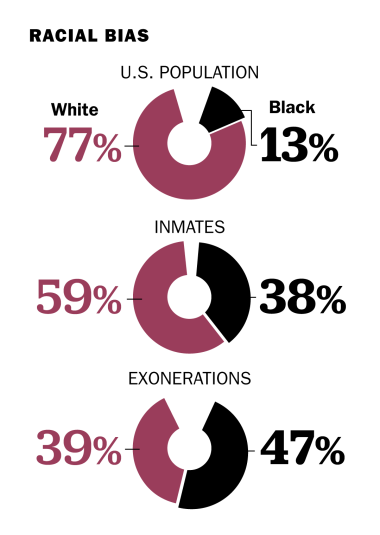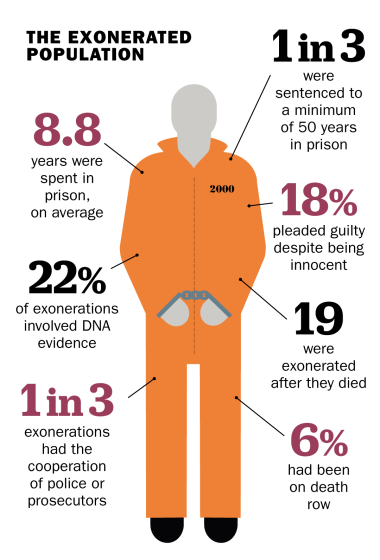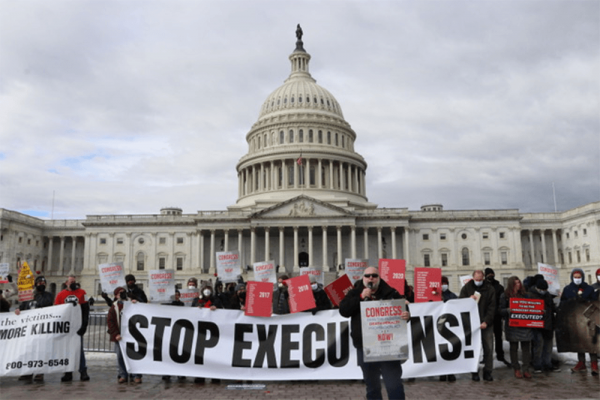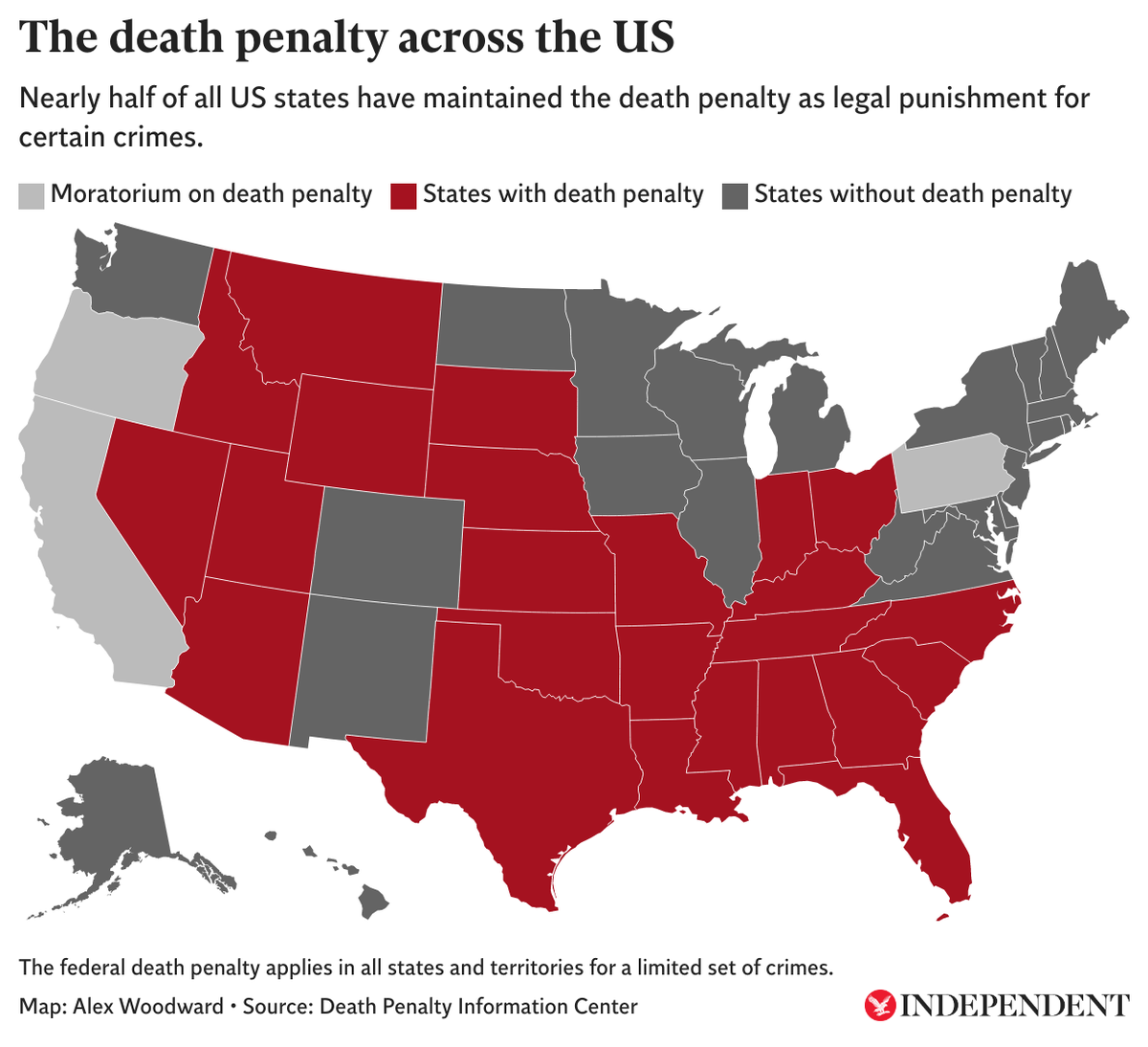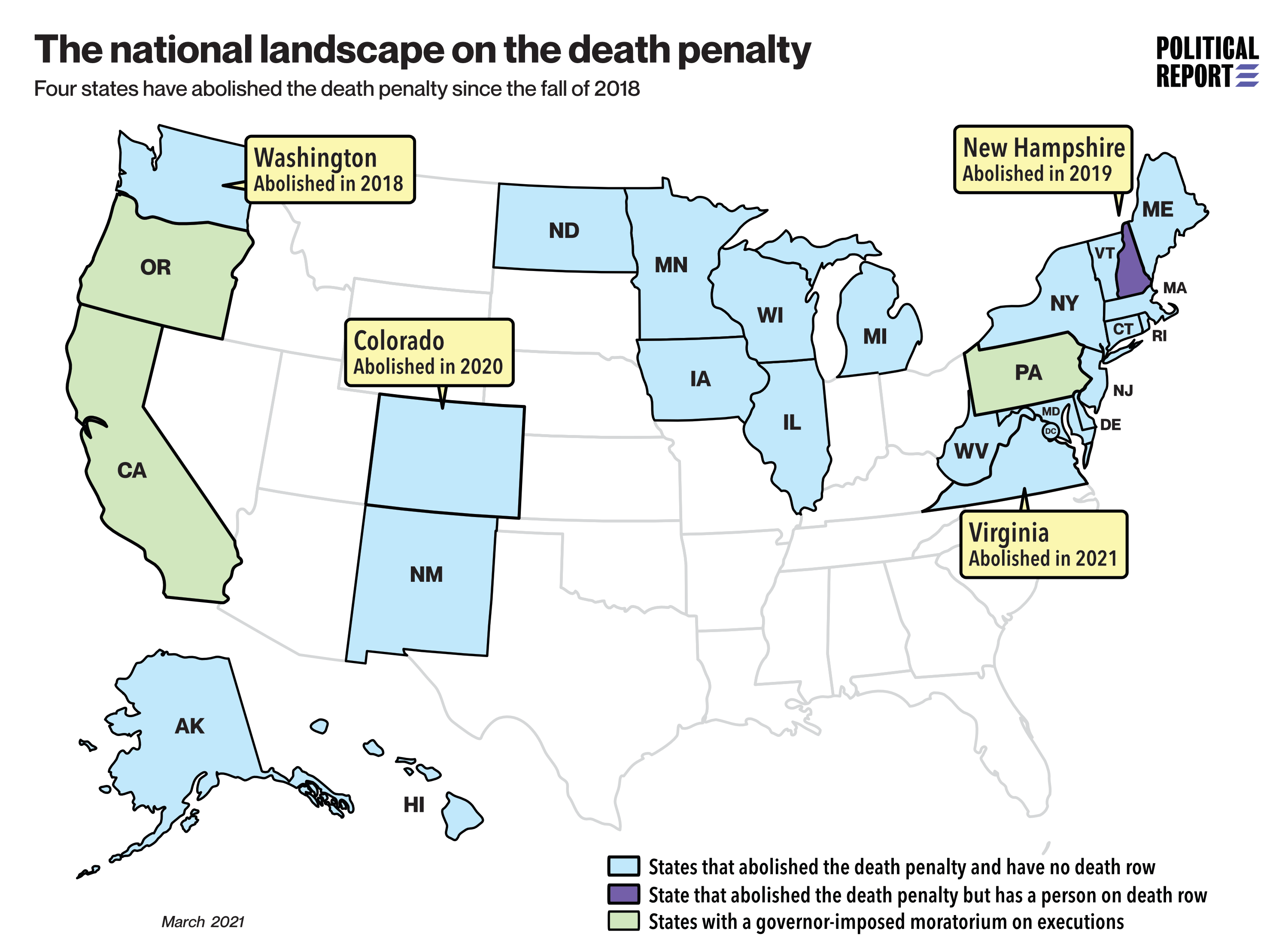image from NIH News in Health
For my advocacy project, I want to advocate for spreading awareness about thyroid diseases and their symptoms and effects on people. I’ve struggled with several thyroid-related diseases since I was about 6 years old, and I feel as though many young people are not very familiar with these diseases. While they are very common among the general population, especially as people grow older, it’s important to recognize its presence in a younger population and what it may look like. If left untreated, thyroid diseases cause a plethora of issues in both physical health and mental health. My main goal is to build awareness about these diseases so that we can work towards a healthier population.
I envision the topic audience as young adults and parents of young children. Because the topic is so unfamiliar to people until they get diagnosed with it, it’s important to watch out for symptoms earlier so that treatment is more effective. I also want to target women as an audience, since the likelihood of women being affected by thyroid diseases is much higher than men. Especially during and after pregnancy, the body undergoes many changes that can impact thyroid function, causing further issues. While thyroid diseases are rather uncommon in young children, it is always a possibility, especially if it runs in a family’s genetics. The children are the most critical to treat, as the disease will likely develop as they grow. By becoming more aware of the thyroid’s function and what happens when it is impaired, the audience will have a better understanding of what thyroid disease looks like and how it may limit one’s abilities.
A value that the audience likely possesses is physical health, which is critically important in our everyday lives. Thyroid disease can severely impact one’s physical health if not treated, so I suspect that the audience will be interested in learning more upon this fact. An overactive thyroid can cause severe weight loss and muscle weakening while an underactive thyroid can cause severe weight gain and hair loss. These side effects severely impair physical health; however, they also align with the value of beauty and confidence. Such side effects may cause image issues among those impacted, and without knowledge of why, can cause further mental health issues. It’s important to note that these side effects may not even be present at all in some people and that blood tests are the most effective way in determining whether thyroid issues are severe enough to require treatment.
Another value the audience may possess is knowledge and understanding. By spreading awareness about the potentials of thyroid disease, members of the audience may feel more comfortable after learning more about certain medical information that not everyone is aware of. The importance of education to the general population is emphasized in the medical world as it makes the average person more aware of their own bodily function. It also encourages the audience to be aware of others, especially in the case of parents and children, since parents are likely to notice such changes before a child.
Awareness about thyroid diseases is important in creating a better educated, understanding, and healthy population. By advocating for awareness, I hope to help allow for the audience to become better acquainted in the topic so that those struggling with the disease can receive necessary treatment and live healthier lives.



/cdn.vox-cdn.com/uploads/chorus_image/image/67792397/897635290.0.jpg)





